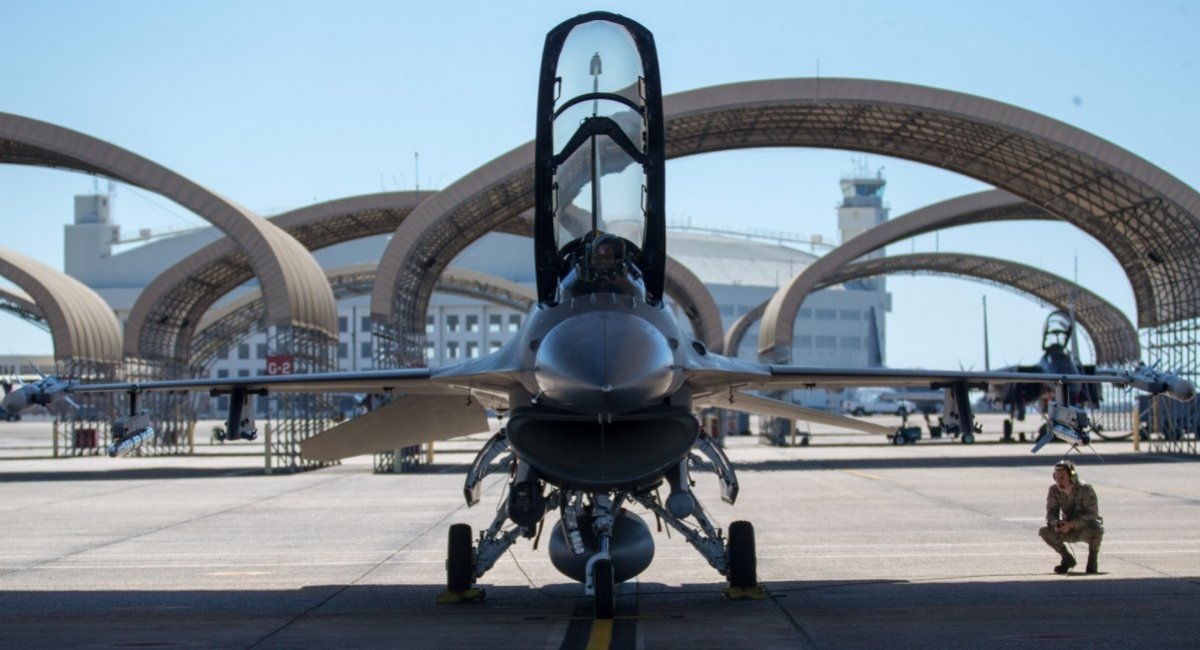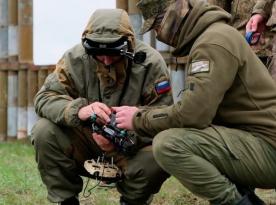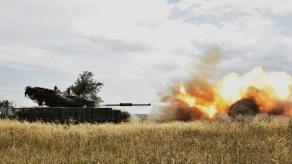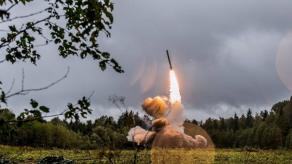Ukrainian F-16s may be left without proper maintenance if the US continues to block the supply of aid to Ukraine. At the moment, we may be talking about updating the software of the AN/ALQ-131 Electronic Countermeasures pod, as some Western media have written about. At the same time, it is necessary to understand that in general the combat capability of this fighter does depend on the US.
In particular, when the US imposes restrictions on the user of this aircraft, problems arise such as: where to get spare parts, how to service the engines, systems, components and assemblies of the F-16s. In addition, the problem is where to get weapons for the aircraft, in particular the AIM-9 and AIM-120 air-to-air missiles, along with air-to-ground missiles as well.
Read more: MiG-31K Sorties Frequency Plummets: Does russia Really Have No Engines For Maintenance?
It is worth understanding that there is no "magic button" that allows somebody to remotely turn off the F-16 from Washington. At the same time, the fighters can fly for quite a long time without official maintenance,. Moreover, it is currently unknown whether the US has blocked the re-export of weapons to Ukraine, because if re-export is possible, then the necessary goods and services can be ordered via friendly European countries.
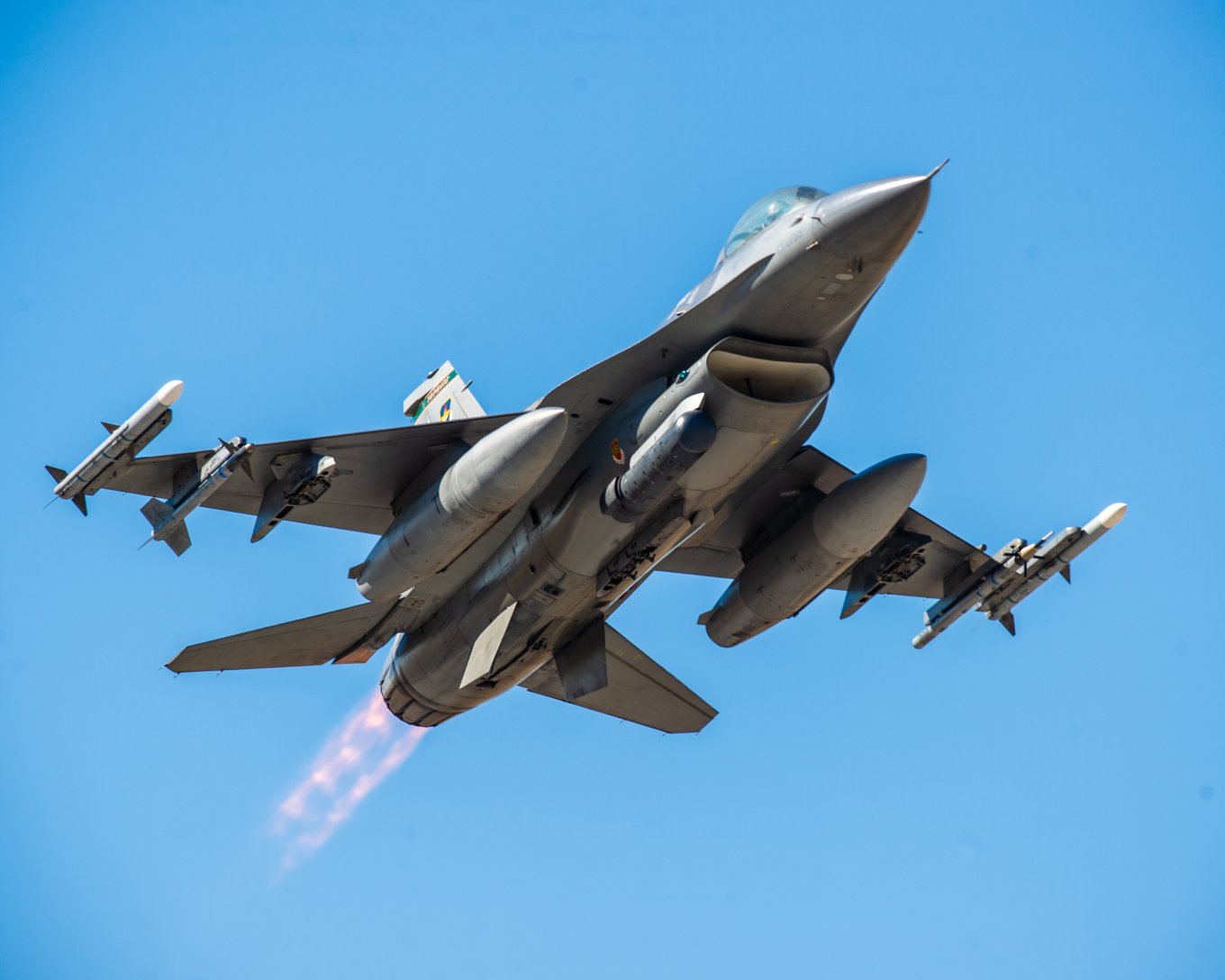
But if we still imagine that the US decided to completely block the use of F-16s by the Air Force of the Armed Forces of Ukraine, then this will only mean a gradual degradation of the capabilities of these aircraft. We can recall two rather illustrative examples of when the US had already stopped supporting its combat aircraft.
The closest example in time is Venezuela. In 2005, the US imposed an embargo against this country, which at that time was updating its 24 F-16A/B aircraft, which were delivered from 1983 to 1985, under the MLU (Mid Life Upgrade) program. Since 2005, these aircraft have officially not had access to American spare parts. But F-16s in Venezuela continue to fly, although not in the same numbers as when the ban was imposed, given that the only ways to maintain the flight readiness of these aircraft are cannibalism and the use of "gray" schemes for the import of spare parts and components.
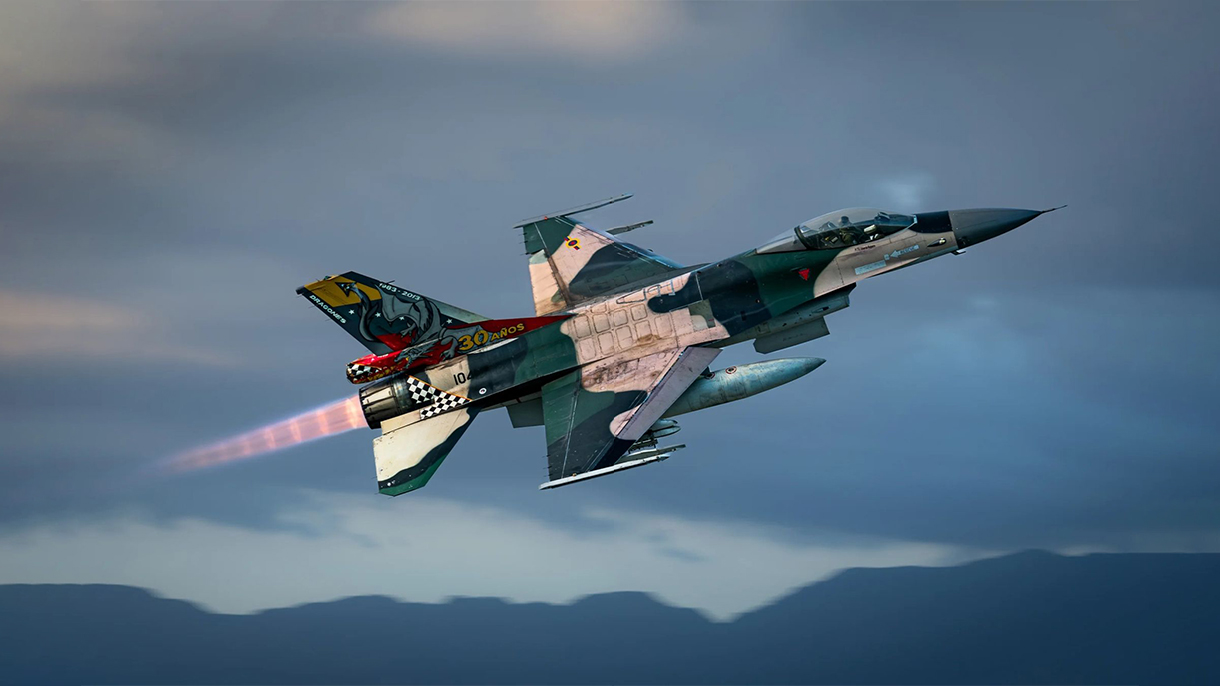
Another example is Iran, which has been under a US arms embargo since 1984. Iran ordered the first batch of 80 F-14 fighters back in 1974, becoming the only foreign operator of these American carrier-capable supersonic, twin-engine, two-seat, twin-tail, all-weather-capable variable-sweep wing fighter aircraft, but managed to receive 79.
The number of Iranian F-14s due to losses during the war with Iraq, accidents, disasters, hijackings, aging and cannibalism has inevitably decreased and now amounts to approximately 10 aircraft. At the same time, so that Iran could not obtain spare parts for the F-14, the United States in the late 2000s carefully disposed of all spare parts and decommissioned aircraft. So the only place in the world where you can still see the F-14 in the sky is Iran. In particular, this aircraft became the "star" of the 12th International Aerospace Exhibition, which took place on the island of Kish in December 2024.
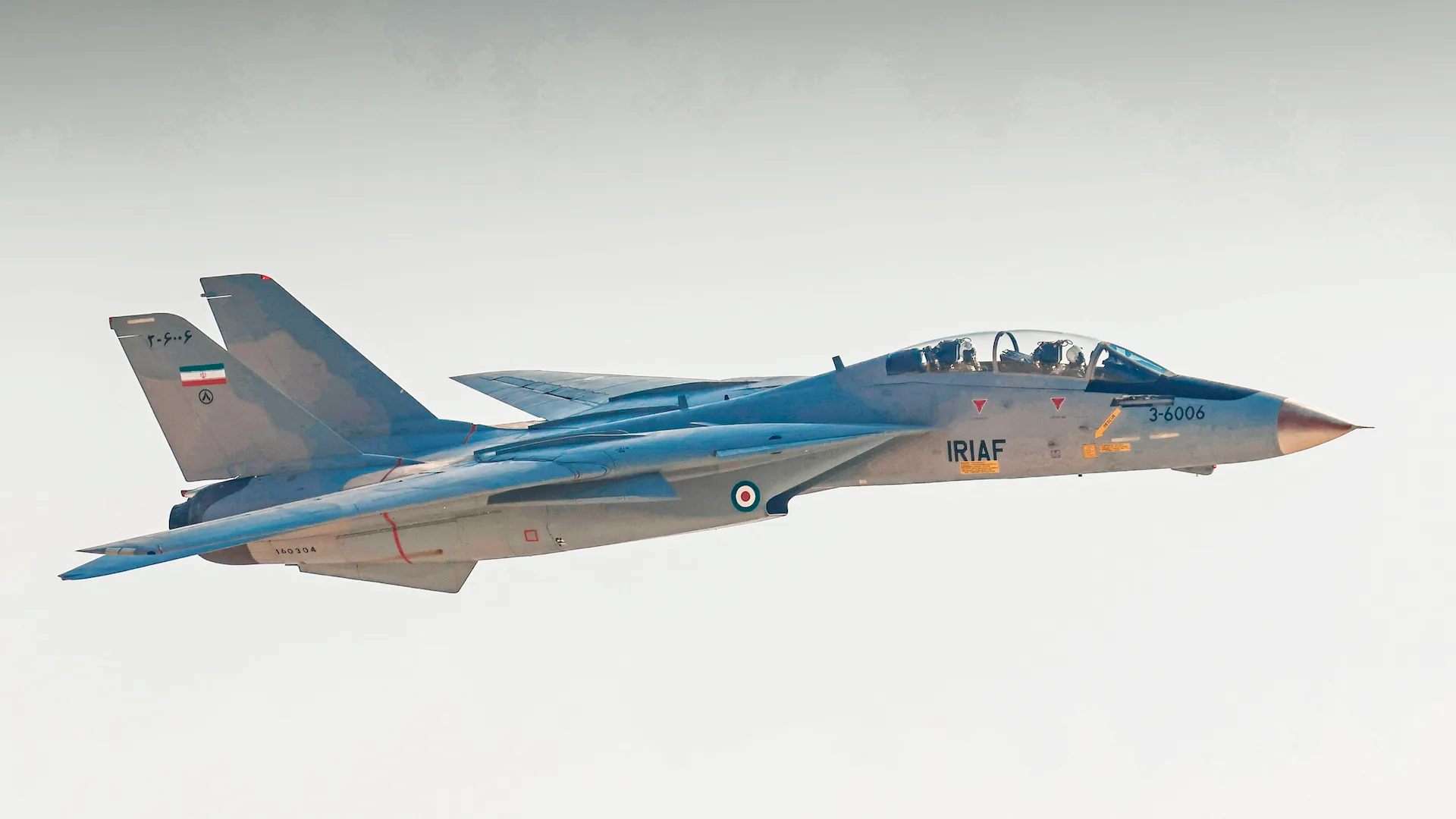
In any case, it is not about the fact that "tomorrow" Ukrainian F-16s will not be able to take to the sky even in the worst-case scenario of a complete US ban on arms transfers (even including re-export). But the fact is that, as it turned out, the combat capability of all American weapons around the world, and with it the defense capability of countries, depends on the will of one person, which will not contribute to the growth of American weapons sales in the world in the future.
Currently, users of American weapons around the world are asking very similar questions to those being discussed in Ukraine. And, for example, in Canada, as well as in Germany, they say that the agreement to purchase the F-35 should be canceled, which is much more dependent on software updates, the initial code of which foreign users do not have access to.
As Defense Express reported, Poland to Deploy First F-35s Only in 2026, Potentially Unlocking Additional MiG-29 Transfers for Ukraine
.
Read more: Dead End of Air Superiority? U.S. Military Uncertain If They Need 6th-Gen Fighter Anymore




